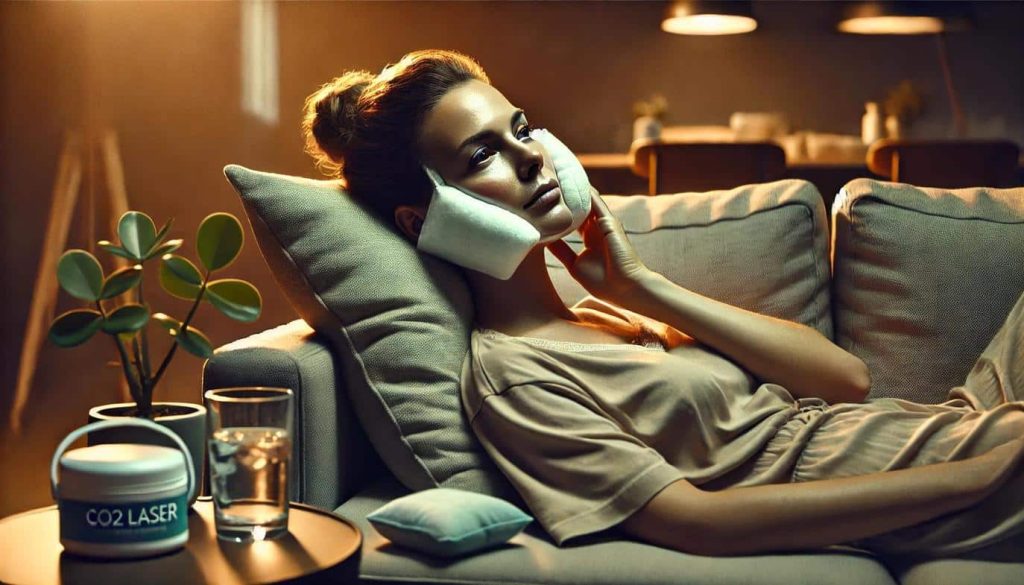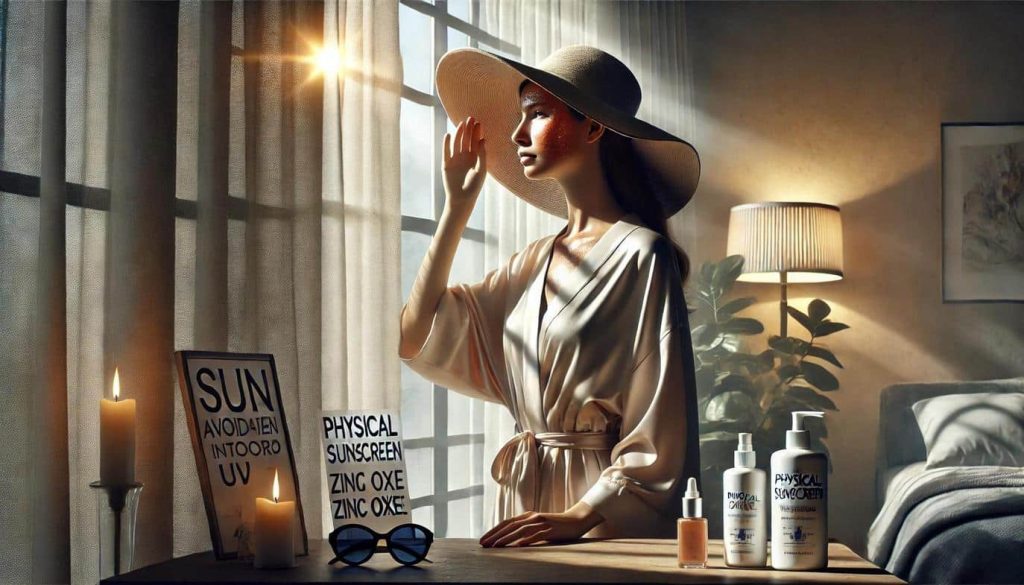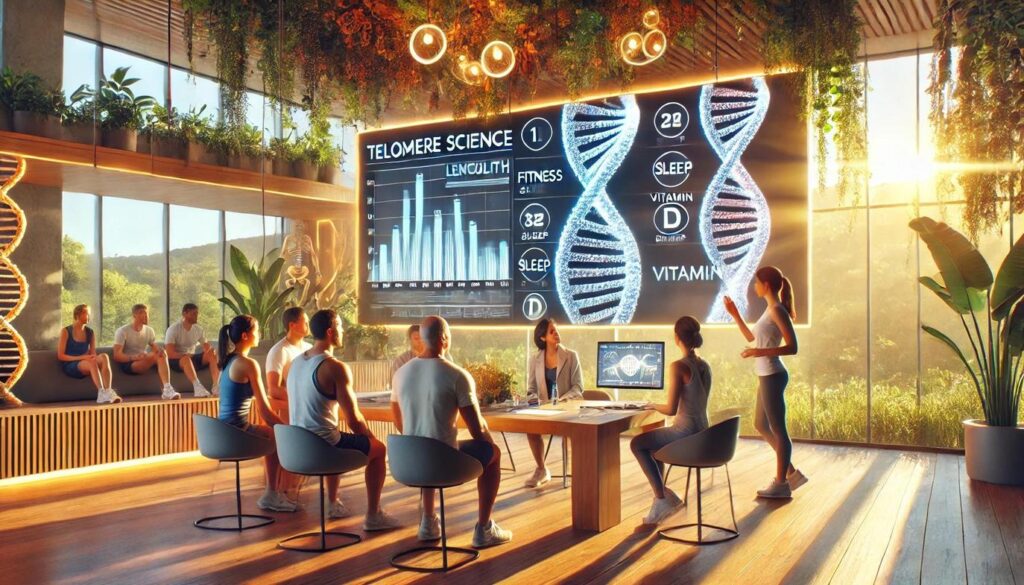Proper aftercare is essential for achieving the best results from a CO2 laser resurfacing treatment and avoiding unnecessary complications. Whether you’re undergoing full-face laser rejuvenation or a localized fractional CO2 laser procedure, the quality of your aftercare will directly determine the success of your healing process.
Here are practical and evidence-based tips to support recovery, prevent issues, and extend the benefits of your treatment.
What Should You Do Right After Treatment?
Start with gentle care. The skin will be sensitive, and thermal damage from the procedure can slow healing. To address this, providers often use lower laser power settings combined with cooling methods to improve early recovery.
Once home, your immediate priorities are to avoid touching or rubbing your face. Cleanse only as advised, typically with a mild, non-foaming cleanser and sterile saline or water.
The Importance of Not Rushing the Process
Recovery from laser rejuvenation takes time. Your skin may look calm before it’s truly ready for stress or sun. In the middle phase of healing, resist urges to speed things up.
Refer to reliable resources such as this detailed overview of CO2 laser treatment to remind yourself what typical progress looks like.
Preventing Infections
Maintaining strict hygiene is a critical component of post-treatment care. Research on CO₂ laser resurfacing notes that infection is one of the most frequent complications, especially in more aggressive treatments or when used on non-facial areas.
While preventive strategies like gentle cleansing and appropriate topical medications are effective, always follow the specific guidance provided by your clinician, as your protocol may vary.
Here are some best practices to guide you:
- Cleanse your face gently with sterile water or a provider-approved cleanser at least twice daily.
- Use clean, soft towels and avoid reusing washcloths or applicators.
- Apply topical medications exactly as instructed (missing doses can increase the risk of infection).
- Avoid touching your face unless you’ve just washed your hands.
- Change pillowcases and towels daily during the initial healing period.
- Stay away from crowded areas or dusty environments that could expose your healing skin to contaminants.

Moisturize Consistently
Moisture is critical because it supports re-epithelialization—the process where new, healthy skin forms over the treated area.
To achieve this, your provider will likely recommend specific products. People commonly use emollients like petrolatum to safeguard the healing skin, seal in hydration, and foster a conducive environment for recovery.
Apply moisturizers regularly, especially after cleansing, and follow your provider’s instructions carefully. Avoid experimenting with new skincare products during the recovery phase.
Tips for Managing Pain and Swelling
Research on pain response after CO2 laser procedures suggests that simple home remedies can be highly effective.
To reduce discomfort and inflammation:
- Apply cold compresses for 10 to 15 minutes at a time during the first 48 hours.
- Sleep with your head slightly elevated to reduce swelling overnight.
- Avoid bending over or engaging in strenuous activity for the first few days.
- Use over-the-counter pain relief (such as acetaminophen or ibuprofen), but only with your provider’s approval.
- Keep your environment cool and avoid heat sources like hot showers or saunas.
Pain should ease after the first few days. If you notice increasing pain or swelling, contact your provider promptly.

Avoid the Sun Completely During Healing
After a CO2 laser resurfacing, the new skin is vulnerable to sunlight. Even indirect exposure can cause pigment issues. To prevent this, use the following:
- Physical sunscreens (zinc oxide or titanium dioxide, SPF 30 or higher)
- Wide-brimmed hats and UV-protective clothing
- Curtains or UV filters indoors if you’re near sunny windows
Resume sun exposure only when your provider confirms it’s safe.
Delay Active Skincare Products
Dermatologists advise patients to avoid all irritating or exfoliating skincare products for several weeks post-treatment. These include:
- Retinoids (e.g., retinol, tretinoin)
- Alpha hydroxy acids (e.g., glycolic acid, lactic acid)
- Beta hydroxy acids (e.g., salicylic acid)
- Vitamin C serums (especially at high concentrations)
- Benzoyl peroxide
- Fragrance-heavy or alcohol-based toners
Stick to fragrance-free moisturizers and gentle cleansers. Resume activities only after your provider gives you the green light.
Don’t Skip Follow-Up Appointments
Even if your skin looks healed, deeper tissue changes are still ongoing. Studies on treatment monitoring recommend timely follow-up visits to check for early signs of complications or recurrence, especially if your treatment involved lesions or precancerous spots.
These appointments also help you:
- Confirm when to restart normal skincare routines
- Track long-term results
- Discuss the potential for additional sessions if needed

TL;DR: Summary of Laser Resurfacing Aftercare
| What Helps | What to Avoid |
| Gentle cleansing with sterile water | Exfoliants, acids, and scrubs |
| Moisturizing with petrolatum or similar balm | Direct sun exposure |
| Using prescribed topical antibiotics/antivirals | Picking or scratching the skin |
| Applying cold compresses for swelling | Unwashed hands on the face |
| Sleeping with head elevated | Hot showers, saunas, or intense exercise |
| Taking provider-approved pain relievers | Restarting actives (retinoids, acids) too early |
| Wearing physical sunscreen if cleared | products |
| Attending all follow-up visits | Skipping or delaying post-treatment checkups |
Conclusion: Maximizing Your CO2 Laser Results
Achieving the best results from your CO2 laser treatment is a partnership between your provider’s expertise and your commitment to aftercare. By diligently following a routine of gentle cleansing, consistent moisturization, and strict sun protection, you actively minimize risks and maximize your investment in laser rejuvenation. Always communicate with your provider if you have questions; a simple check-in can ensure your healing process stays on track for an optimal outcome.
Frequently Asked Questions About CO2 Laser Aftercare
What should I put on my face after a CO2 laser?
Immediately after treatment, you should only use products recommended by your provider, typically a gentle, non-foaming cleanser and a thick, occlusive moisturizer like petrolatum to protect the healing skin.
How long does it take to heal from a fractional CO2 laser?
Initial healing, where the skin is red and peeling, typically takes 5 to 7 days. However, deeper healing continues for several weeks, and it’s important to follow all aftercare instructions during this entire period.
Can I wash my face after CO2 laser treatment?
Yes, you should cleanse your face as instructed by your provider, usually starting the day after treatment. Use a very gentle cleanser and sterile water, and pat the skin dry with a clean, soft towel.
When is it safe to go in the sun after laser resurfacing?
You must avoid direct sun exposure completely for at least 4 to 6 weeks. After that, it is crucial to wear a broad-spectrum physical sunscreen with SPF 30 or higher daily to protect the new, sensitive skin.




